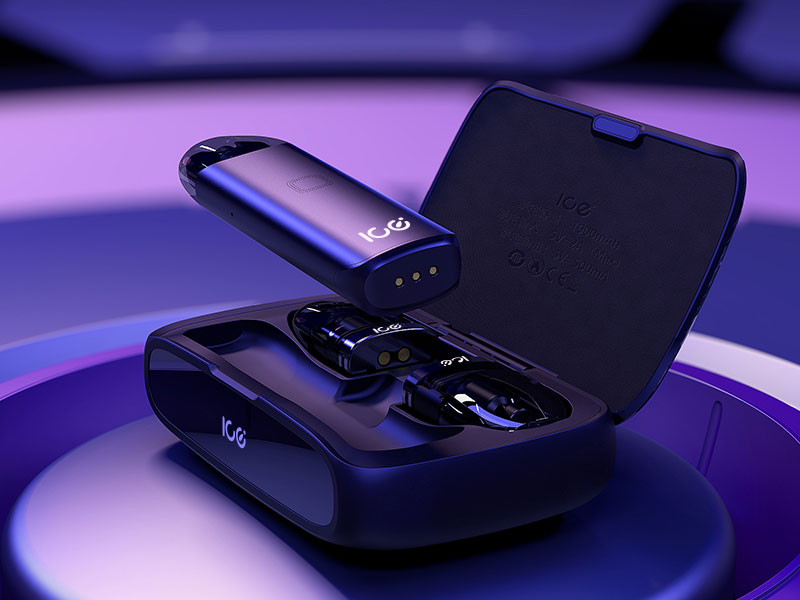E-cigarette vape liquid, commonly referred to as vape juice or e-liquid, has gained immense popularity as an alternative to traditional tobacco smoking. This article delves into the specifics of vape liquid containing nicotine, exploring its components, benefits, and considerations. As the vaping trend increases, it’s crucial for users to understand what they are inhaling.

Understanding Vape Liquid with Nicotine
E-cigarette vape liquid with nicotine typically consists of four main components: propylene glycol (PG), vegetable glycerin (VG), flavorings, and nicotine. While PG and VG serve as the base that creates vapor, flavorings enhance the taste, and nicotine provides the desired throat hit. These ingredients can be adapted to suit personal preferences, offering a wide spectrum of flavors and nicotine strengths.
Benefits of E-Liquids with Nicotine
- Control Over Nicotine Intake: Unlike traditional cigarettes, e-liquids allow users to select their preferred nicotine concentration, ranging from high strengths to nicotine-free options.
- No Tobacco Smell: One of the appealing aspects of vaping is the lack of lingering tobacco smell, making it more socially acceptable in certain environments.
- Customization: With various flavors and nicotine levels, users can customize their vaping experience according to their taste and needs.

These benefits contribute to the unique appeal of e-cigarettes over conventional smoking. However, being aware of the potential risks is equally important.
Considerations for Vape Liquid Users
Using vape juice with nicotine requires consideration of certain factors. First, beginners should start with lower nicotine levels to prevent adverse reactions such as dizziness or nausea. Additionally, awareness of the quality of the e-liquid is crucial. Purchasing from reputable sources ensures the product is free from harmful contaminants and meets safety standards.
The long-term effects of inhaling vape liquids are still being studied, and while it’s considered less harmful than smoking, caution and moderation are always advised. It’s also essential to store e-liquids out of reach of children and pets due to their enticing flavors and packaging.
Health Implications and Regulations

Vaping has sparked significant debate regarding health implications. Research suggests that it may pose less risk than smoking, yet it is not entirely without health concerns. Monitoring ongoing research and understanding regulatory changes can help users make informed decisions. As laws and guidelines continue to evolve, compliance with local regulations is vital for both retailers and consumers. Awareness of the legal age for purchasing vape products is also necessary.
FAQs About E-Cigarette Vape Liquid
Is vaping safer than smoking?
Current studies suggest vaping e-cigarettes could be less harmful than traditional smoking. However, no form of inhaling nicotine is entirely risk-free. Continued research is needed to paint a complete picture of its long-term effects.
How do I choose the right nicotine strength?
It depends on your previous smoking habits. Heavy smokers may start with higher concentrations, while lighter smokers or those seeking to quit might opt for lower levels. Gradually reducing nicotine levels can aid in quitting.
Can I use any e-liquid in my device?
Not every e-liquid is suitable for every device. High VG liquids are ideal for sub-ohm devices, while those with higher PG might be better for standard vapor kits. Always check your device’s specifications to determine compatibility.
In conclusion, understanding the nuances of e-cigarette vape liquid with nicotine can enhance the overall vaping experience, making it not just a trend, but a well-informed choice.
